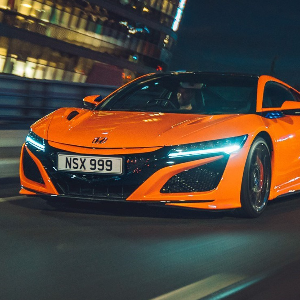
The Euro-spec pick-up Goliath takes on green lanes, country roads and the nightmare that is a supermarket car park in this exhaustive test
It was not long ago that the pick-up market suddenly boomed here in the UK, with favourable company tax breaks and massive improvements in refinement leading to a host of company car and private buyers ditching the family SUV or MPV for something more rugged. You can see the appeal: a large, open stowage area in the rear allows for all manner of lifestyle accessories to be nonchalantly thrown into the back, while better engines, more defined suspension systems and interiors that boast the mod cons of any current day family car allow for a much easier transition from less agricultural offerings.
But that surge in uptake has started to wane as many realise that the heady running costs of these typically dirty (and often gruff) diesel engines prove expensive in the long run, while the rear stowage bed is often not as practical as one would image (it’s awfully high and exposed to the elements, for a start). As a result, Mercedes-Benz decided to axe its Nissan Navara-based X-Class model last year, stating that it would no longer be produced as of May 2020. A lofty price tag and seemingly little demand for an ultra-luxe premium pick-up truck were cited as the main reasons for doing so.
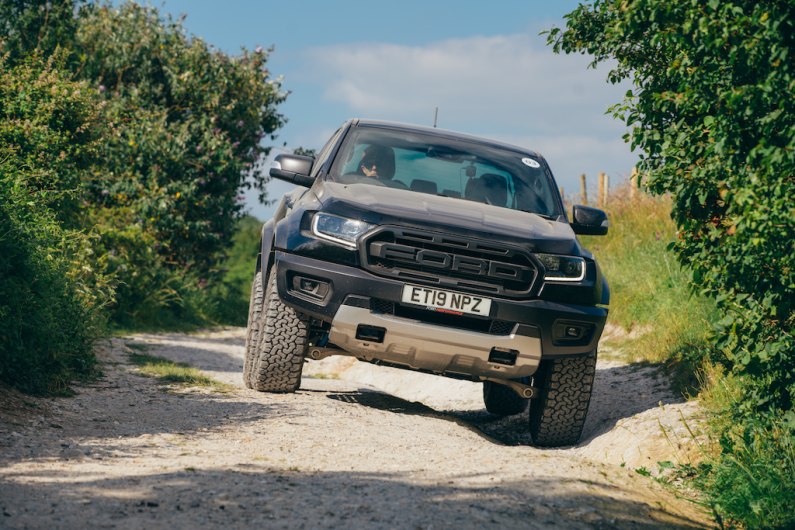
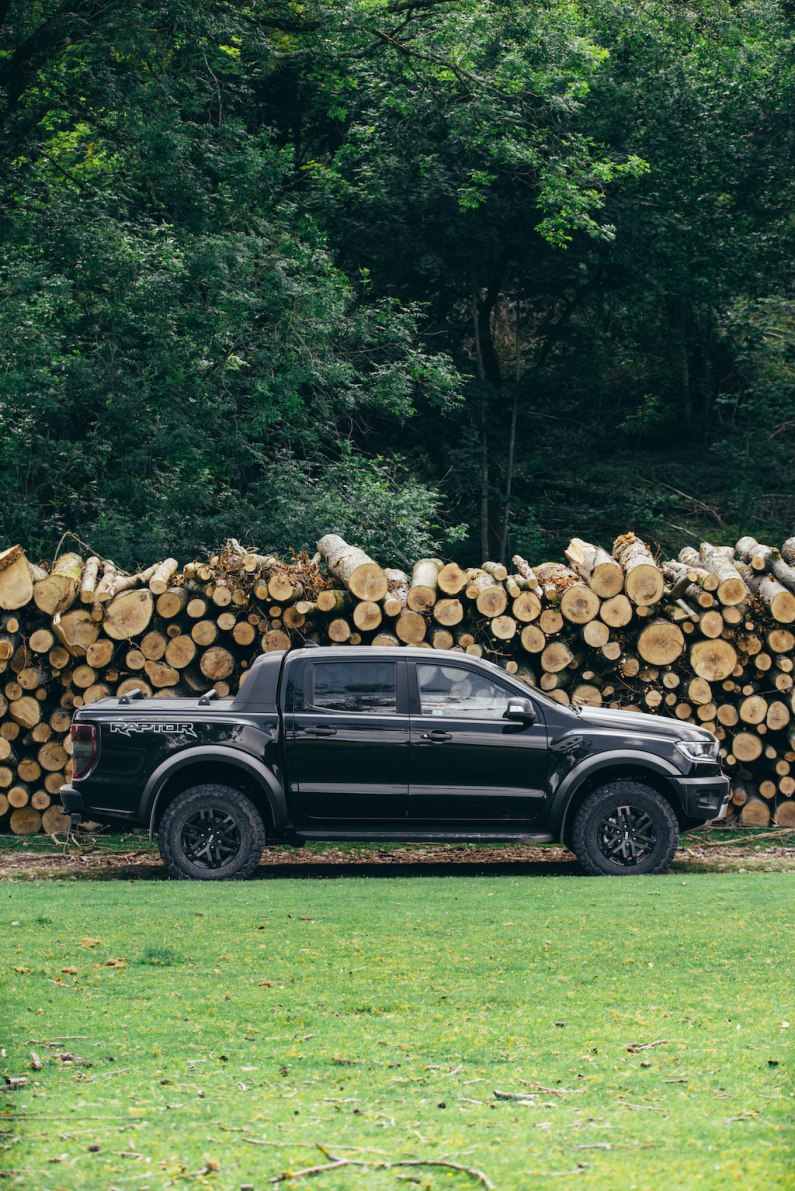
Despite this fact, there is a corner of the market that just can’t resist the beefed-up styling and overtly muscular road presence of a proper pick-up - chiefly the oversized, massively-wheeled brutes that chug along the highways of the United States. Much like the famous Mustang, Ford realised that us Brits (and many European countries) were crying out for our own version of a US classic, which in this case was the gargantuan Raptor F150 that features a slightly detuned version of the Ford GT’s insanely powerful V6 metro lengine.
But let’s get real for a second: the F-150 Raptor would be about as practical for use in Europe as a chocolate teapot and anyone mad enough to have shipped one over will attest to the struggle with multi-storey car parking spaces and there astronomical fuel bills. So, perhaps off the back of the Mustang’s resounding success, Ford decided to give Europe its own Raptor – an F150 Lite, if you will. Based on similar underpinnings to the current generation Ford Ranger pick-up, this beefed-up machine packs the sort of off-road suspension technology and ‘roid rage styling that should go some way to scratching that extreme pick-up itch - albeit with a very UK-friendly 2.0-litre bi-turbo diesel engine.
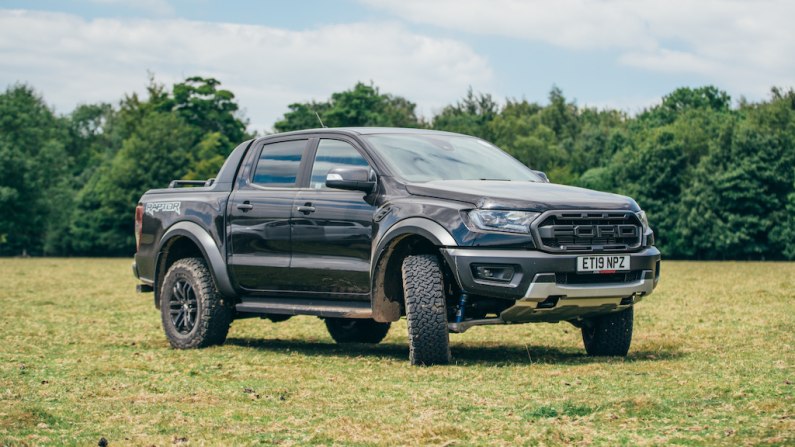
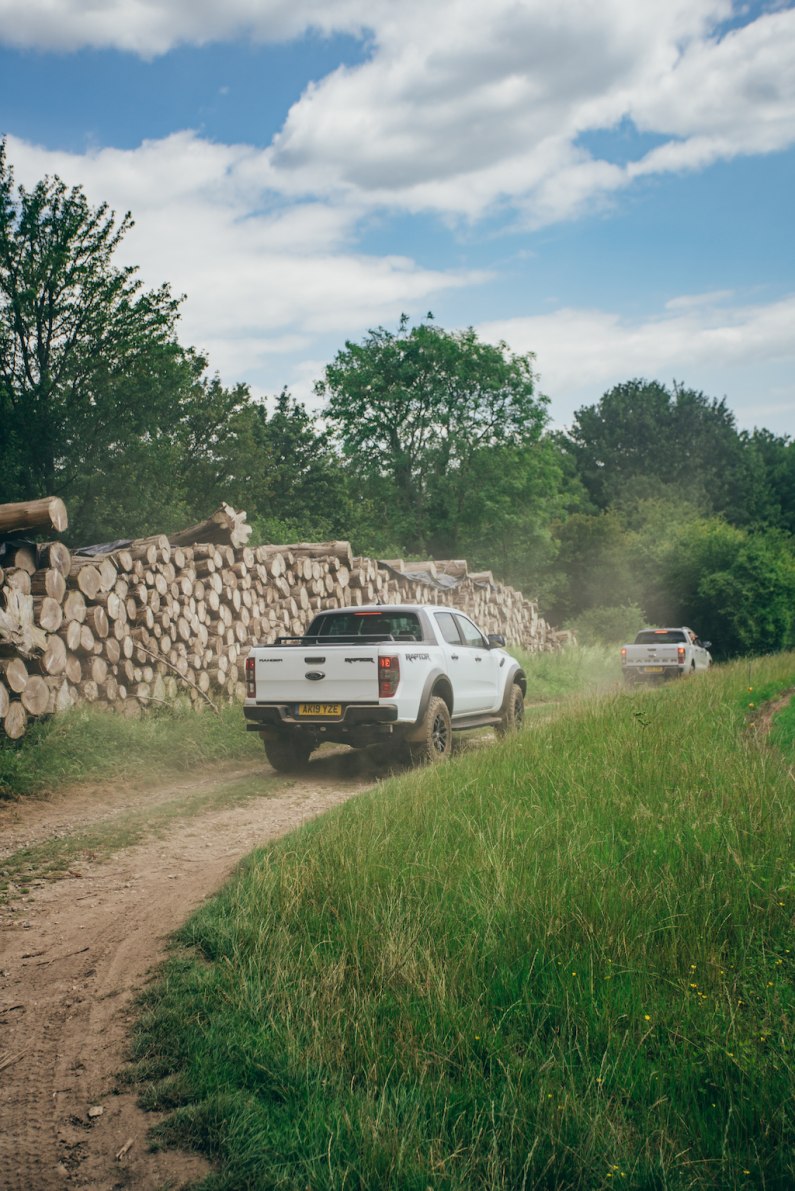
Ford claims its Ranger Raptor is “the toughest, highest performing version of Europe’s best-selling pick-up” and we’re not ones to argue. After all, serious dosh has been spent on an overhauled chassis and bespoke Fox suspension system that will not only allow it to do pretty tough 4×4 stuff, it can also tear up sand dunes. Let’s get this bit out of the way now, because you’ve probably heard plenty of petrolheads mention it, but yes, we can confirm the Ranger Raptor has a ‘Baja’ mode. Similar to the numerous driving options found in many modern vehicles (think Eco, Comfort, Sport), the Ranger Raptor is equipped with dynamic settings that adjust the throttle mapping, steering feel and traction control systems.
Baja Mode essentially sets the Ranger Raptor in its angriest guise, unleashing the most free-spirited traction control settings, the most sensitive throttle mapping and the firmest steering options to allow for the sort of sand dune bashing that goes down at the Baja 1000 – the agonisingly insane endurance rally through Mexico’s Baja California Peninsula. Partly because it isn’t exactly festooned with miles of open desert and notoriously angry farmers don’t like you tearing up their land, the UK isn’t really a place to unleash Baja Mode. Perhaps if you’re lucky enough to own a quarry or a decent stretch of gravel, it will offer the occasional giggle, but for most ‘normal’ off-road pursuits, it will feel a tad overkill.
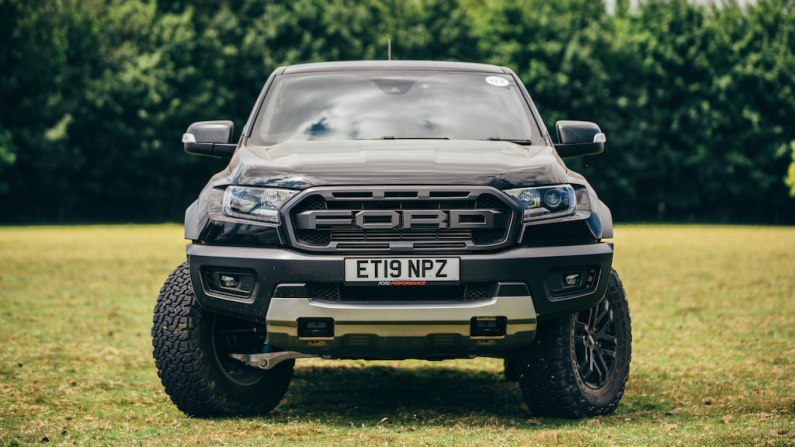
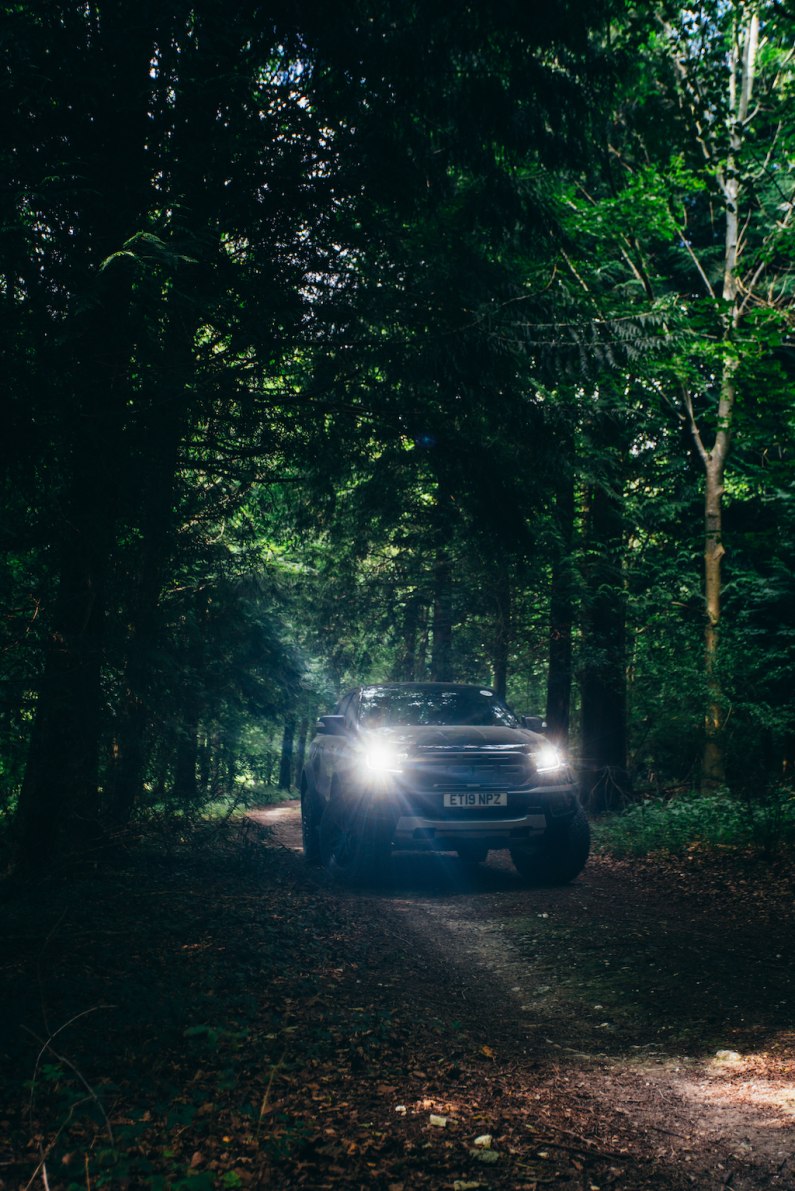
And that’s a shame, because on our test route, which took in some chalky surfaces around the famous Goodwood Racing Circuit, the Ranger Raptor proved and absolute hoot, cresting potholes and attacking the loose shingle with a gusto that most modern pick-ups just can’t match. Essentially, the faster you drive on rutted surfaces, the smoother this Raptor feels. The Fox suspension and chunky BF Goodrich tyres (with a reinforced sidewall to protect against flint scrapes) are absolutely brilliant at steam-rollering lumps, bumps and gigantic holes, gliding over some fairly demanding terrain like a magic carpet.
Unfortunately, Ford hasn’t gone ‘balls-to-the-wall’ in the engine department, instead opting to fit the Ranger Raptor with a more wallet-friendly 2.0-litre bi-turbo diesel engine. It kicks out a reasonable 213hp and 500Nm of torque, but anyone with any pick-up knowledge will know that’s not enough to trouble the V6-powered VW Amarok and similarly grunty six-cylinder of the outgoing Mercedes-Benz X-Class.
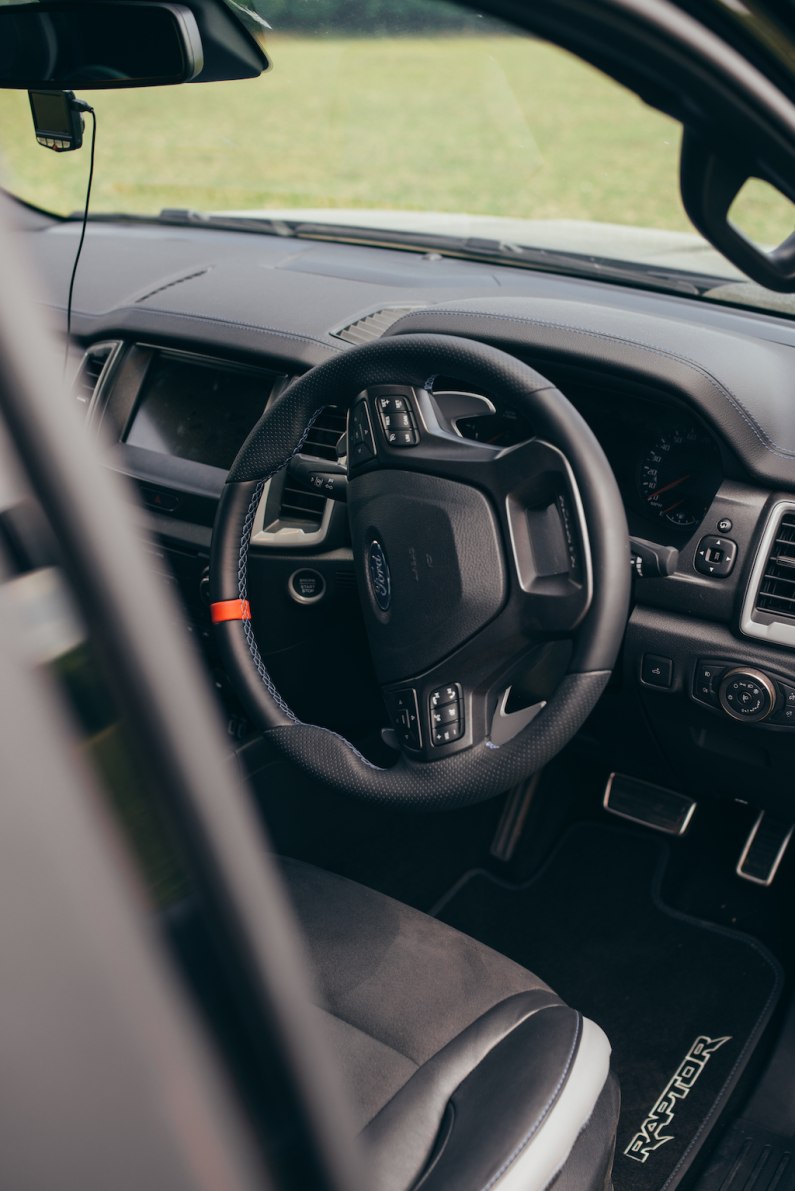
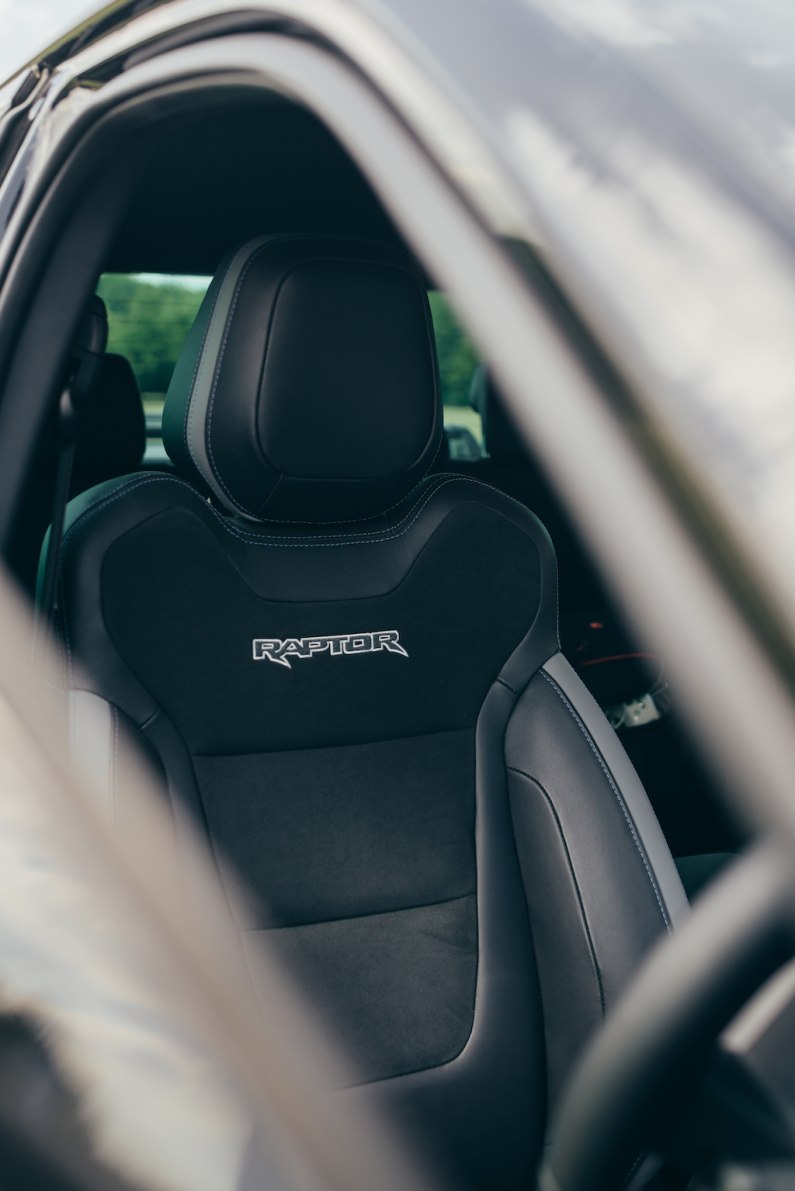
The frugal but slightly underpowered engine is a bone of contention that both the Ford engineers and spokespeople are very aware of, with one chief product bod explaining that some existing customers are already up in arms about the fact the brutish 3.2-litre TDCi engine is on the way out. ‘Displacement anxiety’, he called it. Because there’s no replacement for displacement, is there? Well, there is, it’s called turbocharging and this new 2.0-litre diesel is up 30Nm of torque on its predecessor and some 14bhp, but the vehicle could easily handle more. In fact, it is crying out for more.
The other slight issue is payload, as almost everything else on the market will happily carry a tonne in its pick-up bed, making them A) very handy when you pop to Jewsons for a one-tonne bag of sand and B) much cheaper to tax due to favourable Benefit in Kind loopholes and VAT reasons. But as soon as you look past the fact the Ranger Raptor is a very expensive toy, you start to appreciate just how awesome it is. The bespoke bolstered seats are stupidly comfortable, meaning passengers barely notice the fact you’ve just jumped over a cow after taking a shortcut through a farmer’s field.
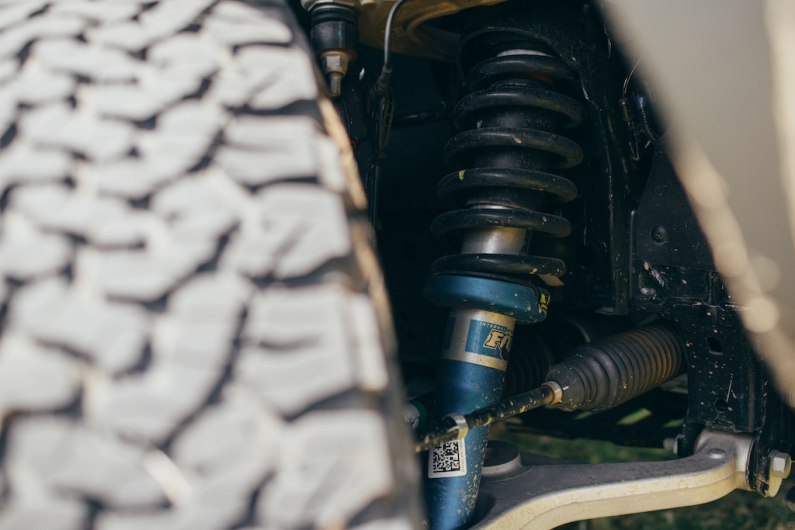
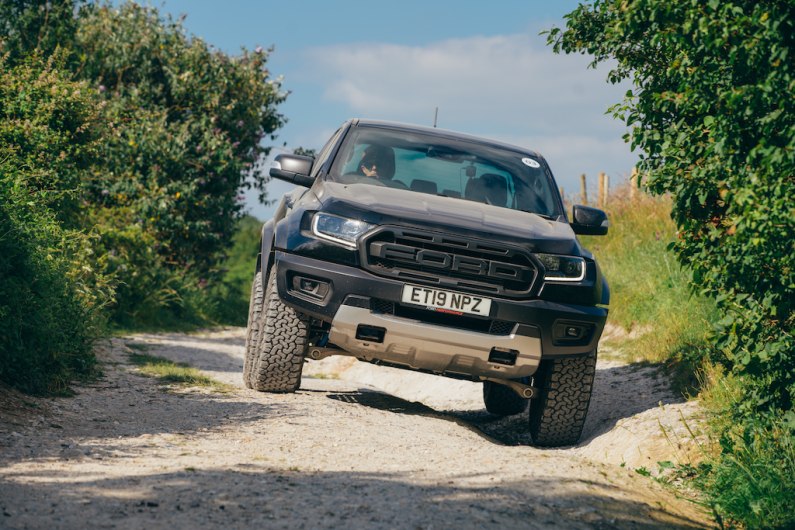
There’s every bit of infotainment tech available in the Ford arsenal, including a trick sat-nav system with a unique “breadcrumb” feature that allows off-road enthusiasts to do a sort of muddy Hansel and Gretel to find their way back home. It’s all extremely butch and rugged, but perhaps the most surprising thing is just how easy Raptor is to live with. Yes, it features a 150 mm wider track and 51 mm taller ride height compared to the Ranger XLT, but it’s not hugely noticeable on the road.
Granted, the skinniest of British B-routes might be a little daunting to someone stepping out of a Ford Focus, but having lived with a VW Amarok for nearly six months, it felt no different. The Ranger Raptor still fits in a supermarket parking space (we tested this in a local Tesco) and it’s not tall enough to bother those annoying barriers found at airports. In fact, you’ll be able to Park ’n’ Fly with the best of them. Even the jacked-up Fox suspension and chunky tyres, which should theoretically be absolutely useless on the road, remain fairly quiet and relaxed at higher speeds. But despite the appearance of a Sports mode, you’re probably not going to want to attack a hairpin bend with the same gusto as you would in a Porsche Cayman, but it handles well.
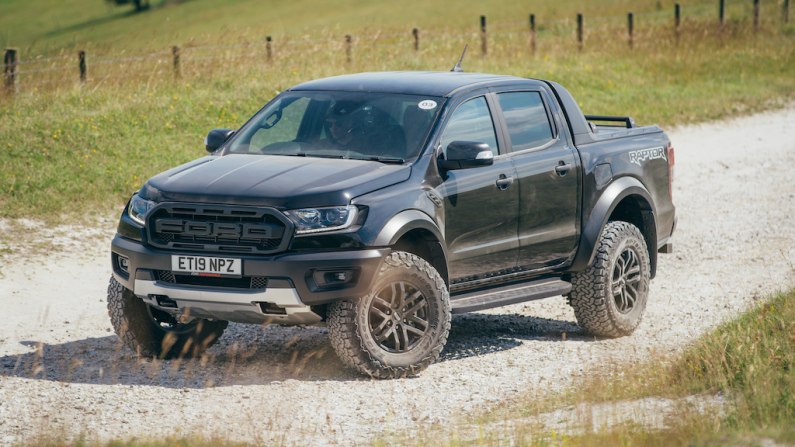
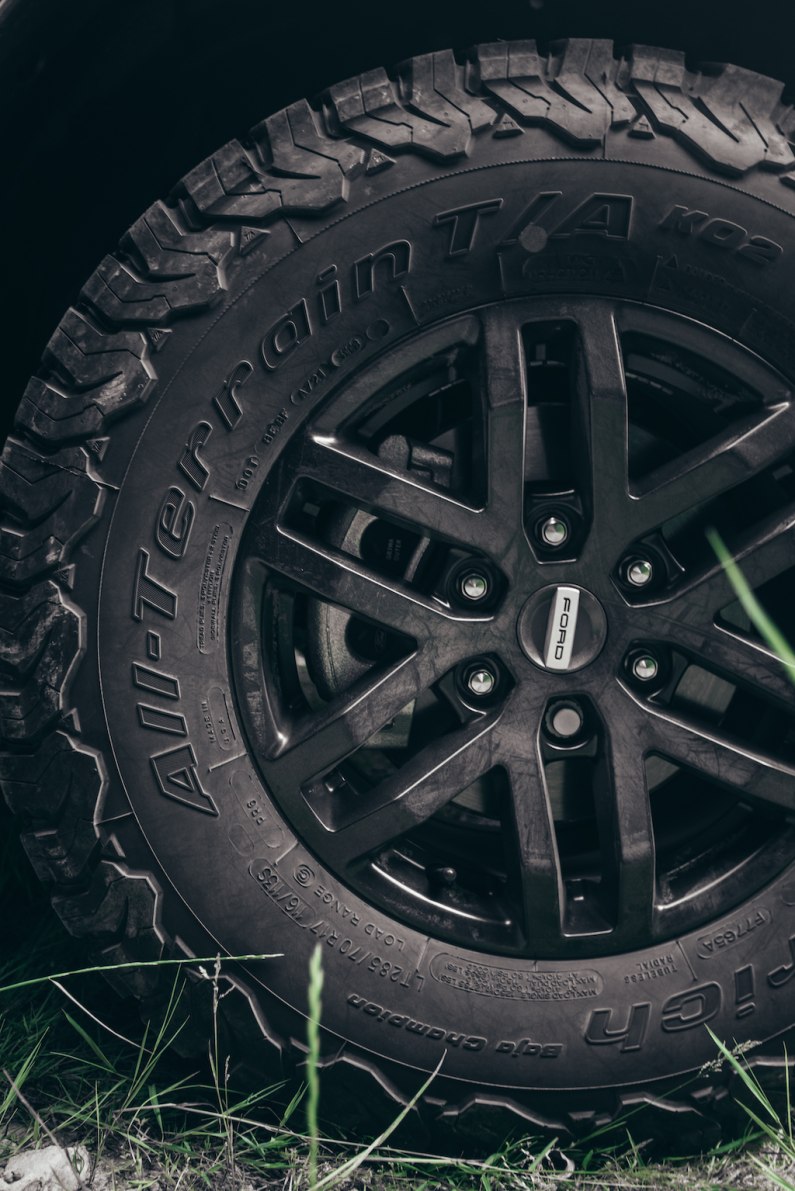
In fact, get the Ranger Raptor up to speed and it positively glides over the scarred surfaces of British roads with the same wafting nature that it applies to drifting in the desert.
There are so many things to love about this Ranger Raptor, from its ludicrously flared arches and ‘stacked’ power lines, to the 3D Ford badging on the menacing front grille. It looks the part and the engineering invested into the chassis and suspension should be applauded. Plenty will complain about the lack of horses stashed under the bonnet, but a big American V8 (or even a European V6) just won’t cut it in a country where monthly fuel bills often stack as high as the average mortgage for most. Plus, there are already aftermarket tuners that are willing to take a look at the engine and breathe a little life into it for a small fee.
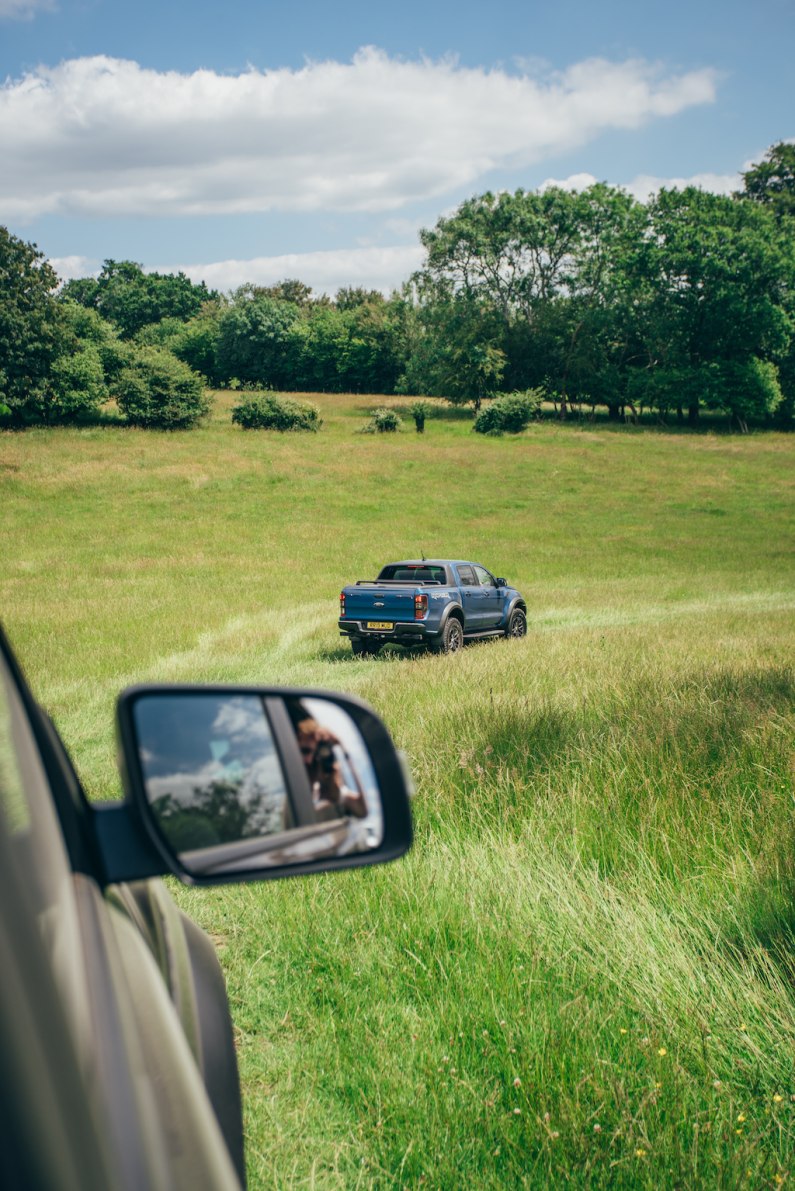
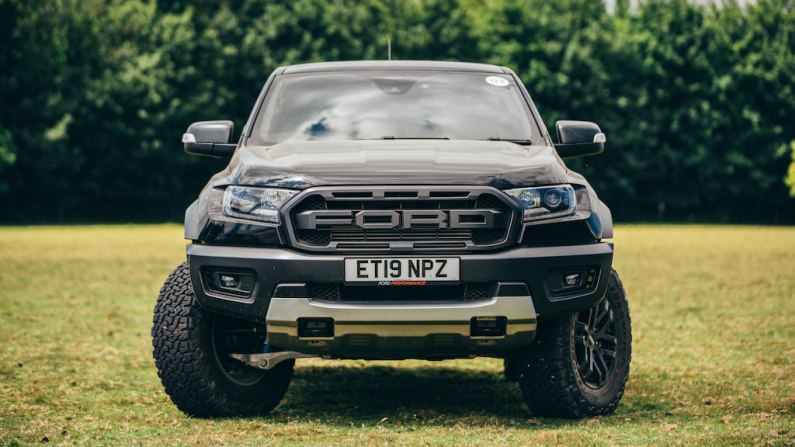
So to conclude, it doesn’t carry a tonne, it costs a lot of money and some of the general fit and finish in the interior could be better. But this is a vehicle that boasts that sort of angry aura that makes people do irrational things. Irrational things like parting with £50,000 and moving closer to a desert.
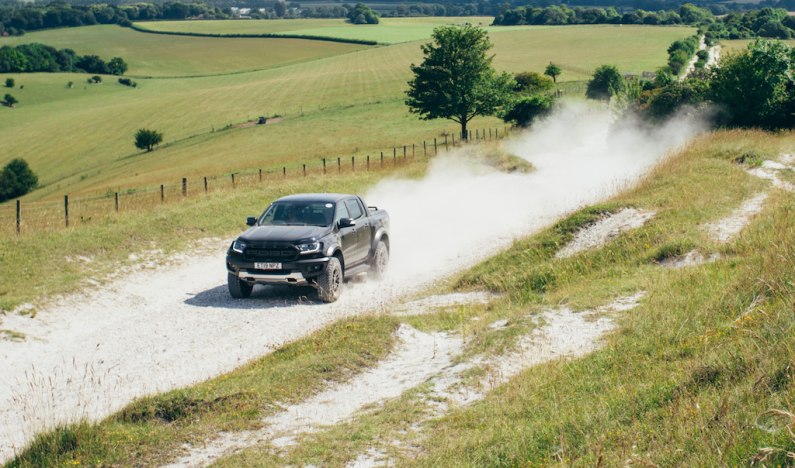
Model tested: Ford Ranger Raptor
Price: From £47,982
Engine: 2.0-litre, 4cyl twin-turbo diesel
Power: 211bhp
0-62mph: 10.5 seconds
Max speed: 106mph
MPG: 31.7
CO2: 233g/km
